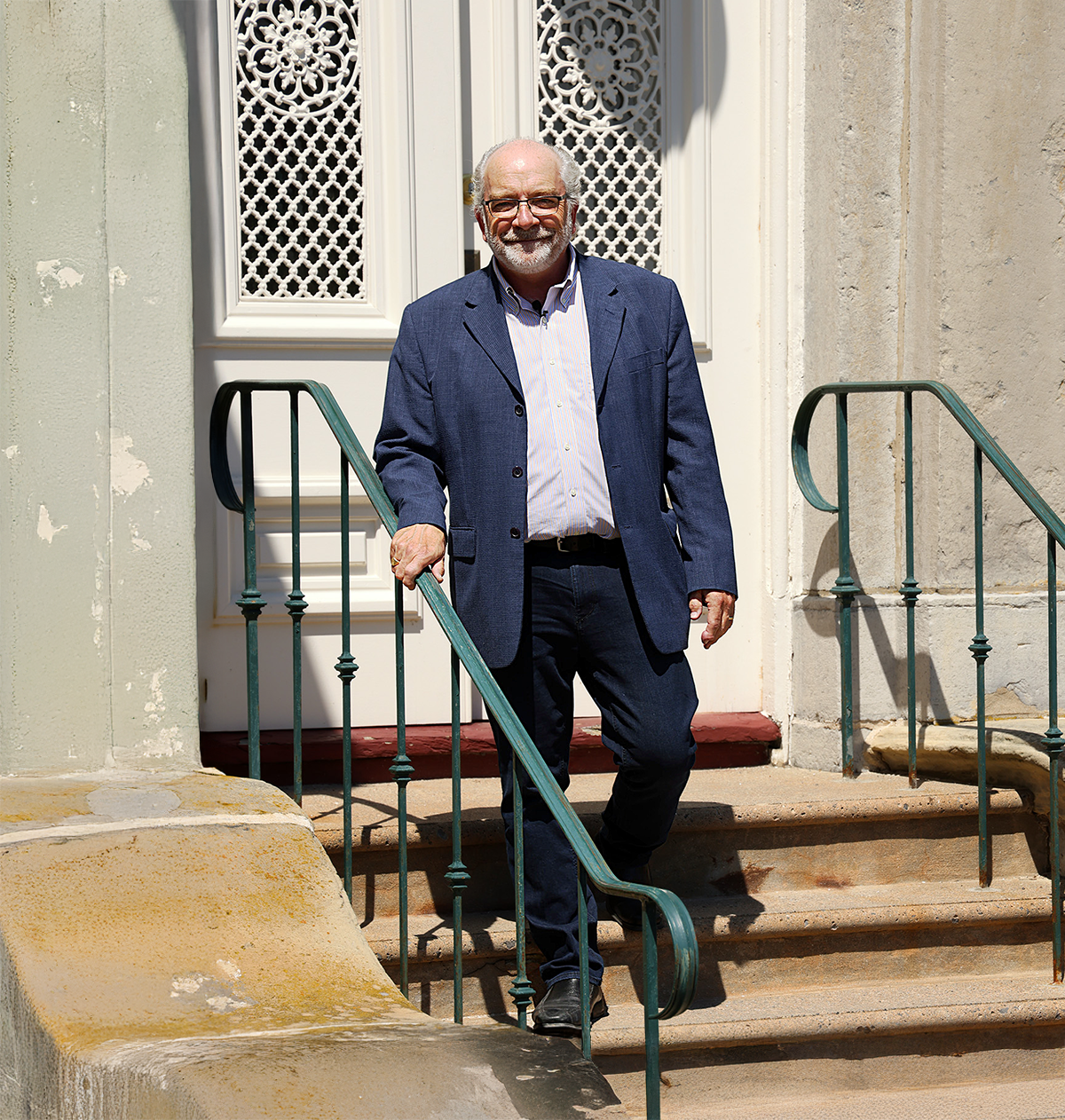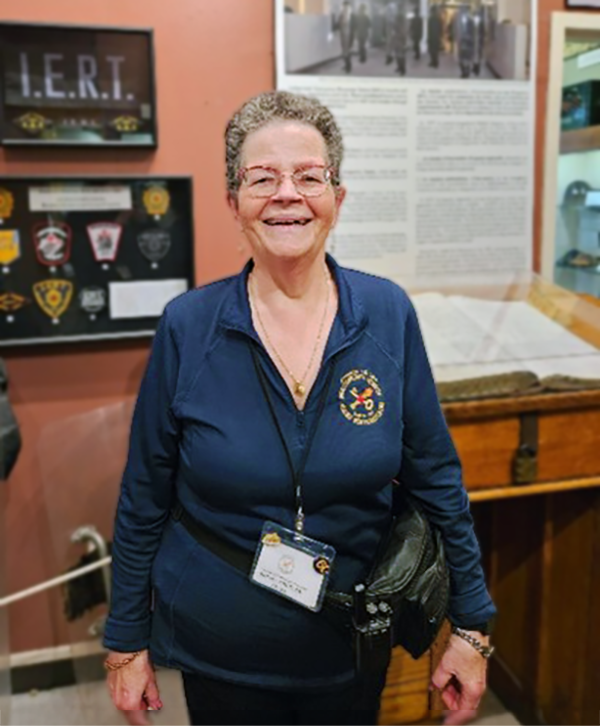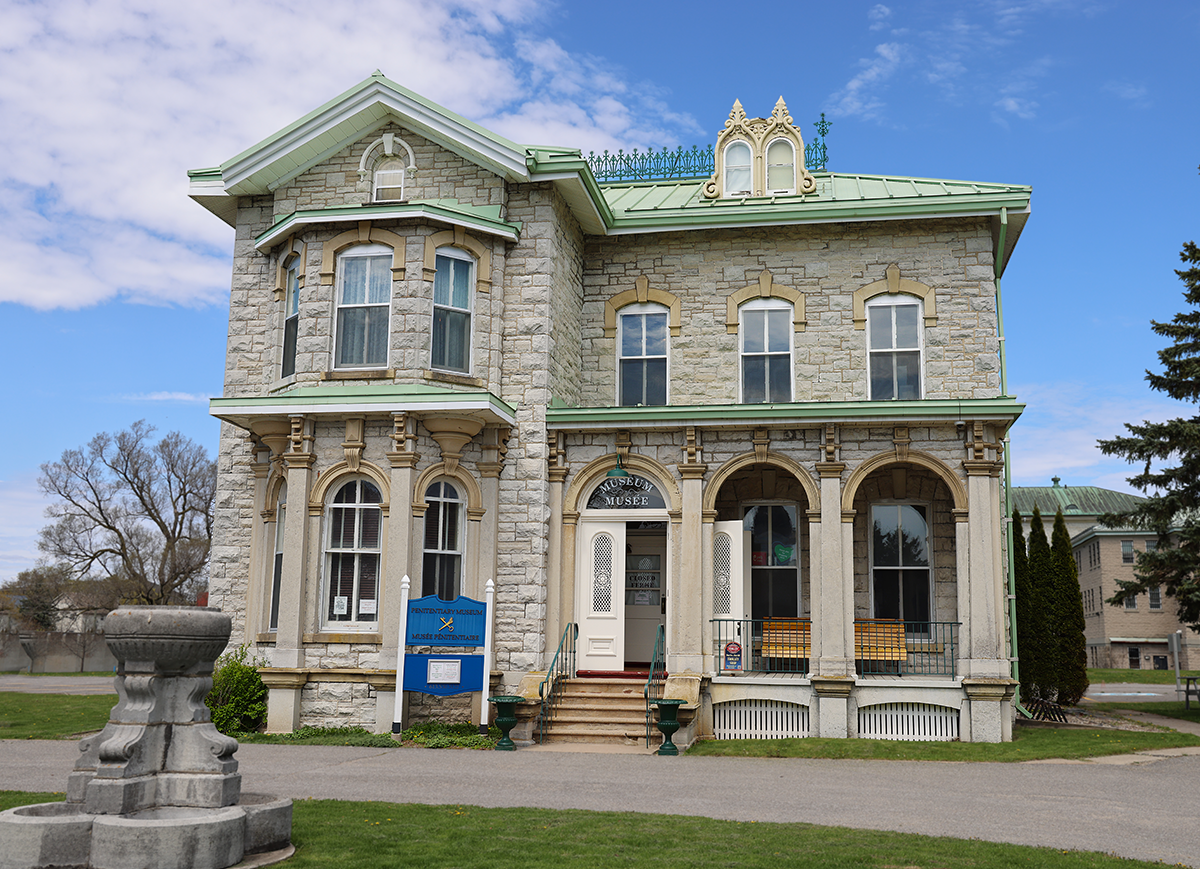Friends of the Penitentiary Museum: Preserving history through passion
October 10, 2025

Behind every artefact in Canada’s Penitentiary Museum is a story. Behind every exhibit, long-time curator Dave St. Onge. But behind the enduring success of the museum, stands a devoted group of volunteers known as the Friends of the Penitentiary Museum (FPM).
Formed in the late 1990s, the FPM group was created to help sustain and develop the country’s only museum dedicated to the history of Canadian corrections. The Correctional Service of Canada (CSC) recognized the museum’s potential to connect with the public - both locally and nationally. At a time when budgets were tightening, volunteers stepped in to support its operations, and their contributions have made a lasting impact.

Dave St. Onge, the museum’s curator, has been involved with the museum since the 1980s and played a key role in establishing the Friends group.
“Without their support, it would be impossible to operate this place,” he says.
The FPM play a vital role in sustaining and developing the museum. With approximately 25 active members, the group includes retired corrections staff, community volunteers and heritage enthusiasts.
“They help with everything from volunteer recruitment to fundraising-, and that funding goes directly into the museum’s operation,” Dave explains.
Funds raised by the FPM are used to acquire artefacts, maintain displays and support seasonal staffing. Their hands-on involvement ensures the museum remains a dynamic and educational space for visitors from across Canada and beyond.
Donna Shetler, a retired Correctional Officer, joined the FPM in 2014 after a 35-year career in the service. She spent many of her 35 years working in Kingston-area institutions like Millhaven, Collins Bay, and Joyceville (formerly known as Pittsburgh).

“It’s a subject I know and care about deeply,” she says. “Volunteering here keeps me engaged with the community and allows me to reconnect with people I’ve worked with over the years.”
Donna volunteers one morning during the week and works rotational weekends with two other CSC casual hires as weekend supervisor, welcoming guests and offering context and insight into the exhibits. Drawing on her decades of experience, she helps visitors understand the stories behind the displays and ensures they leave with a deeper appreciation of Canada’s correctional history. For Donna, the museum feels like home.
“I haven’t really left corrections completely,” she says with a smile. “It’s a place where I can still contribute, share stories and feel connected.”
The museum has seen impressive growth in recent years, in part due to the efforts of the FPM. Visitation numbers have soared - over 26,000 visitors this year since the museum opened for the season in May - and exhibits continue to evolve.
“Displays like the Prison for Women exhibit have been reworked, and we’ve seen a huge increase in visitors,” Donna notes. “It’s rewarding to see how much people appreciate what we do.”
The FPM’s contributions go far beyond staffing. Their fundraising efforts have enabled the acquisition of rare artefacts that would otherwise be difficult to obtain.
“There are things here that would be impossible to purchase otherwise,” Dave explains. “The Friends group makes that possible.”
Maintaining the museum comes with its share of complexities, from coordinating seasonal staffing and managing a growing collection, to keeping exhibits fresh and engaging for repeat visitors. Yet through these ongoing efforts, the FPM remain steadfast in their commitment.
“It’s an institutional memory that shouldn’t be lost,” says Dave. “Their work helps safeguard a rich and often overlooked chapter of Canadian history, ensuring it remains accessible, informative and thoughtfully preserved for future generations.”
Looking ahead, Dave hopes the museum continues to grow as a national hub for correctional history.
“This is a national collection and there are some very significant artefacts here. I want to make sure they’re not lost after I move along.”

The work of the Friends of the Penitentiary Museum is a powerful example of what happens when passion meets purpose. Their efforts have helped preserve a vital part of Canada’s history—one that continues to educate, engage and inspire visitors from across the country and beyond.